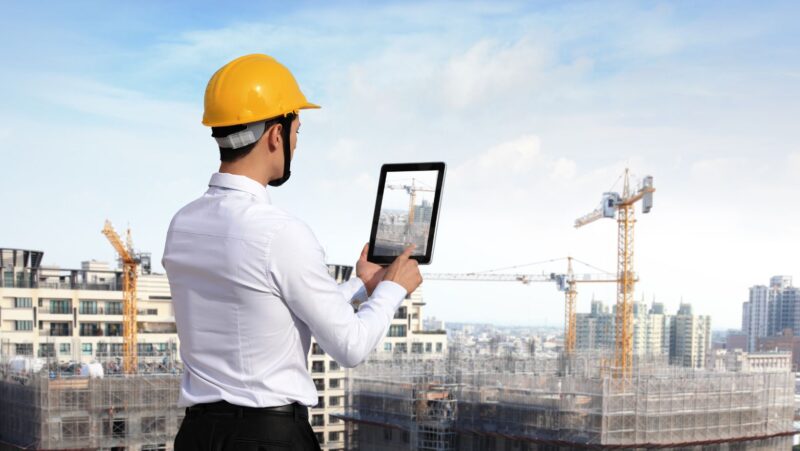
In recent years, metal roofing has emerged as a top choice for both homeowners and businesses seeking a durable and sustainable roofing solution. This surge in popularity is not without reason; metal roofing offers a host of benefits that cater to various needs, from longevity to environmental sustainability.
However, like any material choice, it also comes with its set of challenges. This article, citing some authoritative information and research from Country Towne Metal Roofing – a metal roof company in Ontario, Canada, will dive into the pros and cons of metal roofing, providing a comprehensive guide for those considering this option for their building needs.
Advantages of Metal Roofing
Longevity and Durability: One of the standout features of metal roofing is its impressive lifespan. Metal roofs can last anywhere from 40 to 70 years, significantly outpacing the durability of traditional asphalt shingle roofs, which typically last about 20 years. Besides longevity, metal roofs boast superior resilience against extreme weather conditions, including heavy winds, snow, and torrential rains, making them an ideal choice for regions prone to such elements.
Energy Efficiency: Metal roofs are highly reflective, which means they can effectively deflect solar radiant heat away from the building, leading to considerable energy savings. Homeowners can expect a reduction in cooling costs by 10-25%, a benefit that not only lowers utility bills but also contributes to a more comfortable living environment. You are recommended to couple metal roofing with these home improvement tips to improve home energy efficiency.
Environmental Sustainability: For those committed to reducing their environmental footprint, metal roofing is an excellent choice. Often manufactured from recycled materials, metal roofs are also 100% recyclable at the end of their life cycle.

This sustainable lifecycle minimizes waste and conserves resources, aligning with eco-friendly building practices.
Low Maintenance: Unlike other roofing materials that require frequent upkeep, metal roofs demand minimal maintenance. This characteristic can save homeowners time and money over the roof’s lifespan, making it a practical and hassle-free option.
Safety: Metal roofs offer enhanced safety by being fire-resistant. They won’t ignite or fuel a fire, offering peace of mind during wildfire seasons or in the event of a lightning strike.
Aesthetic Variety: Gone are the days when metal roofs were only associated with industrial buildings. Today, they come in a wide array of styles, colors, and finishes, compatible with virtually any architectural design. Whether it’s a modern, traditional, or rustic look you’re after, there’s a metal roofing option to match.
Disadvantages of Metal Roofing
Initial Cost: The upfront cost of metal roofing is notably higher than that of traditional roofing materials. This initial investment may be a deterrent for some, though it’s important to consider the long-term savings in maintenance, repair, and energy costs.
Noise: During rain or hailstorms, metal roofs can be louder than their asphalt or tile counterparts. Proper insulation can mitigate this issue, but it’s a factor worth considering for those sensitive to noise.
Denting: Although metal roofs are durable, they can be susceptible to denting from large hailstones or falling branches. Selecting a high-quality material and considering the structural design can help minimize this risk.
Expansion and Contraction: Metal roofing materials can expand and contract with temperature changes. This characteristic necessitates careful installation to accommodate movement and prevent structural issues.

Modifications and Repairs: Over time, finding matching materials for repairs or modifications can be challenging due to changes in color and style availability. Planning for potential future needs at the installation stage can help address this concern.
Conclusion
Metal roofing stands out as a robust, efficient, and sustainable choice for residential and commercial buildings. Its advantages, including longevity, energy efficiency, and environmental sustainability, make it an appealing option for many.
However, considerations like cost, noise, and the potential for denting are essential factors to weigh. Ultimately, the decision to opt for metal roofing should be informed by an individual’s specific needs, preferences, and budget.












